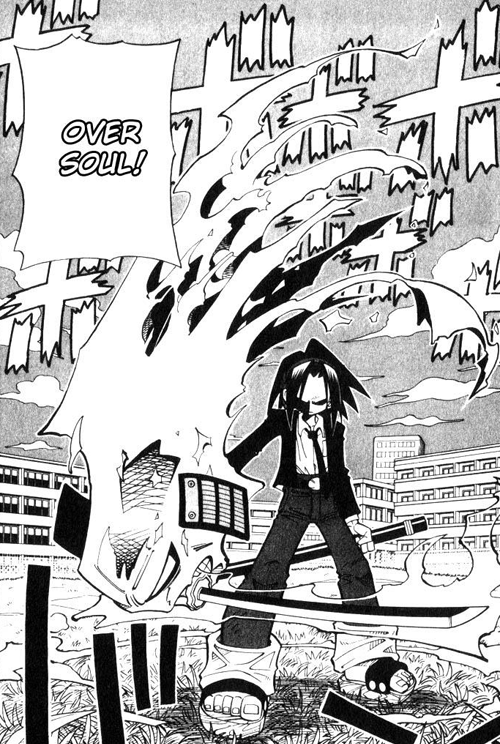Do you see the absurd connections too?
I don’t think it’ll be healthy for this blog to simply revolve around my own thoughts about The Great American Novel. I want these posts to be a fun and engaging read for everyone, and me simply explaining my thoughts about the GAN would be exhaustive to read and write. I didn’t have this in mind when starting this blog, but I’ve learned that taking a break every once in a while isn’t such a bad thing. Sometimes a fresh perspective can lead to new thoughts and ideas. So, starting with this post, my personal blog post will range in subject matter.
This might be an odd question, but have your thoughts ever connected in a way that seems ridiculous but somehow makes sense? Not simply tangential or digressing thoughts that come and go, I mean connecting dots in the most absurd way. Then after finding and understanding those new thoughts or ideas, you learn new interests. Does that sort of thing happen to you often?
Here’s a bit more of what I mean. The different themes and messages conveyed through different stories has always been something I take note of. I’m sure at some point everyone does too, but how far does the realization of those themes and motifs take you?
This particular example is how I first became interested and learned more about the Transcendentalist movement in American literature. Funny enough the interest didn’t start with anything I learned in the classroom. It started with a Japanese manga called, Shaman King.
When I was younger my mom would take my sisters and I to Barnes & Noble. Sometimes we’d go for summer reading books, or just to casually window shop, but I specifically remember those trips around the time I was in middle school.
There was a day we may have been for either reason, and I vividly remember walking aimlessly about the store. I wasn’t disinterested in the massive layout of books, but I wasn’t curious either. But, my eyes caught something different. It was the vibrant imagination of the manga’s cover art. Without hesitation I started reading, and was unable to put it down. Then, before I knew it, I was watching the anime.

Shaman King eventually became one of the first manga I read and anime I ever watched to completion. I simply couldn’t help it. Its original themes, and overall story are an undeniable expression of Hiroyuki Takei’s capability as a storyteller. Its spiritual themes, references to hip-hop, shamanism, and overall art style were intentionally different in comparison to other popular shounen manga and that connected with me.
For anyone unfamiliar with the shounen manga, here’s a quick synopsis. The story revolves around a young shaman named Yoh. Different shamans from all over the world gather to participate in the Shaman Fight tournament once every 500 years. The Shaman who wins, fuses with The Great Spirit.
I’d say a few months after I read the manga and finished watching the anime series, the story eventually came back to me. Stuck replaying and repeating itself in my head was the anime’s theme song, Northern Lights by Megumi Hayashibara. Unable to shake the song, and honestly not wanting to, I conceded to rewatching the show again. It was that second rewatching where I grew to really appreciate the creativity displayed through almost all aspects. That’s when the references to other cultures clicked in my synapses.
Probably the most obvious reference shamans have this ability to connect with specific spirits resulting in what’s called “Over Soul”. It was from that simple reference through the story Shaman King, I threw myself into a new interest, I was desperate. I needed to understand the story creator’s Hiroyuki Takei’s creative vision and perspective. I had to know more about Transcendentalism.
Widely regarded as the father of Transcendentalism, understanding Emerson’s perspective is extremely important when considering the evolution of the American literary identity. In 1841, Ralph Waldo Emerson, wrote an essay titled, The Over Soul.

In his essay sharing insight to his faith, Emerson conveys his transcendentalist thoughts on “The Over Soul” that connects us all. Here are some of the lines I remember most from my first reading.
- “All are conscious of attaining to a higher self-possession.” (pg.8)
- “For the soul is true to itself, and the man in whom it is shed abroad cannot wander from the present, which is infinite, to a future which would be fine.” (pg. 11)
- “We are all discerners of spirits.” (pg.12)
- “Revelation is the disclosure of the soul.” (pg.11)
After reading Emerson’s The Oversoul, I understood the reference between Takei’s Shaman King and Emerson’s idea. It just clicked. From there, I began reading other Transcendentalist works, I had to see if there were any other connections from the show I’d missed. That’s how my interest in Transcendentalism began. Not only that, but with that new context my perspective of Shaman King. After learning more about Emerson’s views and description of the “Over-Soul”, it’s still impossible for me not to see how creative and inspired Hiroyuki Takei was when creating Shaman King.
Shaman King Chapter 4 & 128

Shaman King Chapter 28 
Shaman King, Chapter 128
The interconnection of themes within different stories is quite ordinary to note if I’m being honest with you. I’m sure I’m not alone in my thinking. They shape stories, they are the very framework for narratives. Noting how themes and motifs connect within other stories can lead to a deeper understanding of how stories work and finding new ways to tell effective stories. But to me, it shows immense creativity to create new connections between themes and motifs in stories, and I’ve spent a lot of time trying to study those who have.
Was any of this particularly relevant? I don’t know if it was to you, but I think it shares some insight into how my mind works. I hope after that explanation you’ve at least seen more of what I mean. Later, I’ll explain the somewhat inverse to my realization; how noting the recurring themes or motifs in different stories has given me the ability to conceptualize new thoughts and ideas.
Maybe it’s not simply about thinking outside the box, but about finding the centroid point of it all too.
